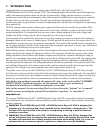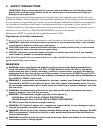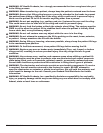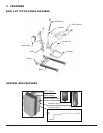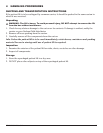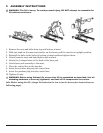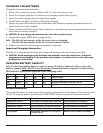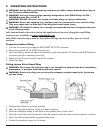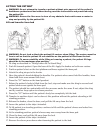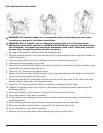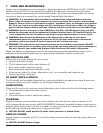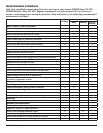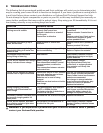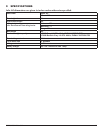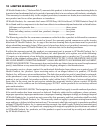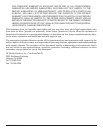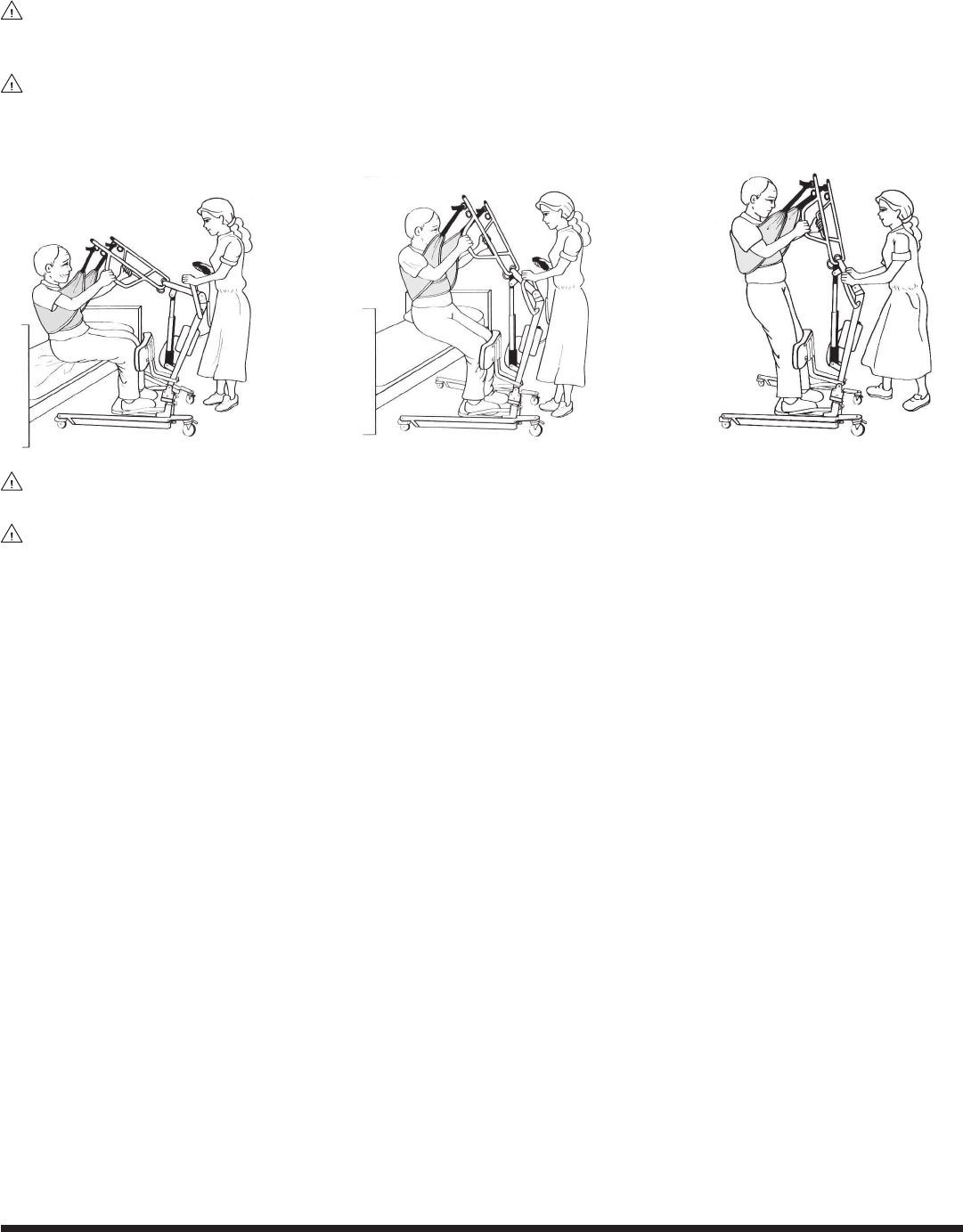
LF2020-INS-LAB-RevC12
11
LIFTING THE PATIENT
WARNING: Do not attempt to transfer a patient without prior approval of the patient’s
healthcare professional and without having read the instructions and practiced using
the patient lift.
WARNING: Ensure the oor area is clear of any obstacle that could cause a caster to
stop and possibly tip the patient lift.
Lift and transfer from bed
WARNING: Do not lock or block the patient lift casters when lifting. The casters must be
free to roll so that the patient lift can stabilize as the patient is lifted from the bed.
WARNING: To ensure stability while lifting or lowering a patient, the patient lift legs
should be in the maximum open position.
1. Fit sling as described in “Fitting Lumex Sit-To-Stand Sling”.
2. Push lift towards patient. Open the base of the lift. Apply the brakes on both rear casters.
3. Position patient’s feet on the foot platform and knees against the knee pad.
4. Attach the sling straps to the hooks.
5. Have the patient’s hands holding the handles. For patients who cannot hold the handles, have
them hold their arms around the chest.
6. Press the “UP” button on the hand pendant.
7. Before the patient’s body is lifted from the bed, stop and make sure the sling is secured and
patient’s knees are against the knee pad.
8. The patient should be comfortable with the pressure under the arms. If not, adjust the sling
and try another loop option to release pressure.
9. Press the “UP” button until the patient’s body has completely left the bed.
10. Transfer to another object can be done at this position without the patient attending a full
standing position.
11. Release the brakes, close the base, and pull the lift away from the bed.
12. Lower the patient to the object intended.
13. To lift patient in a standing position, continue to lift until the patient’s knees are locked in a
standing position.
14. At the standing position, patient’s knees may move away from the knee pad.
15. Close the base, and pull the lift away from the bed.
16. Lower the patient to the object intended.
17. Reverse the above procedures when lowering the patient to the bed.



